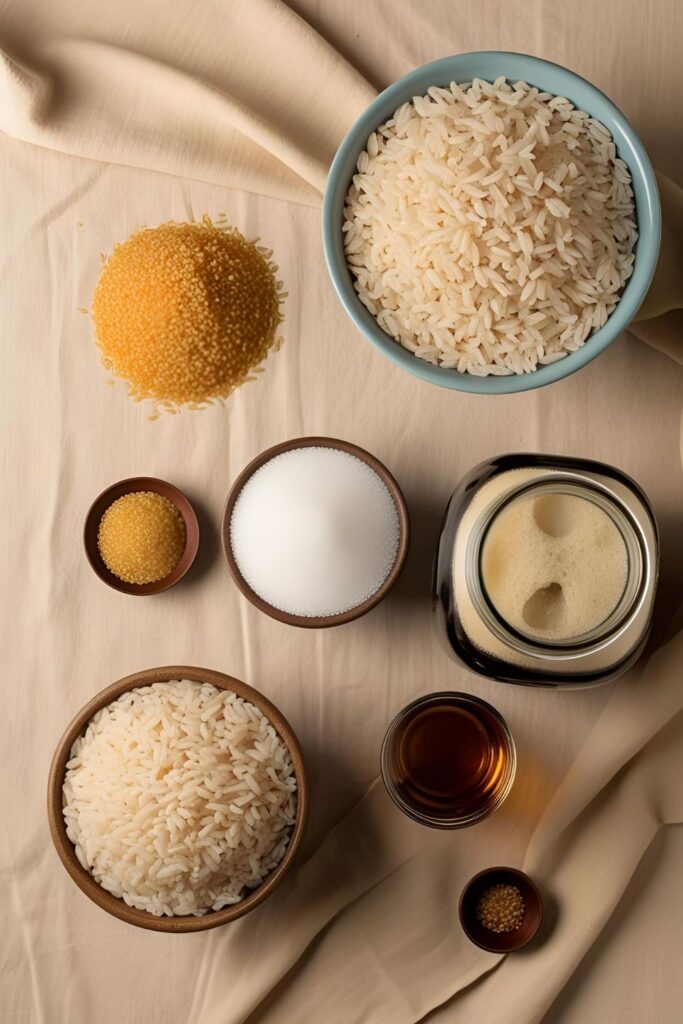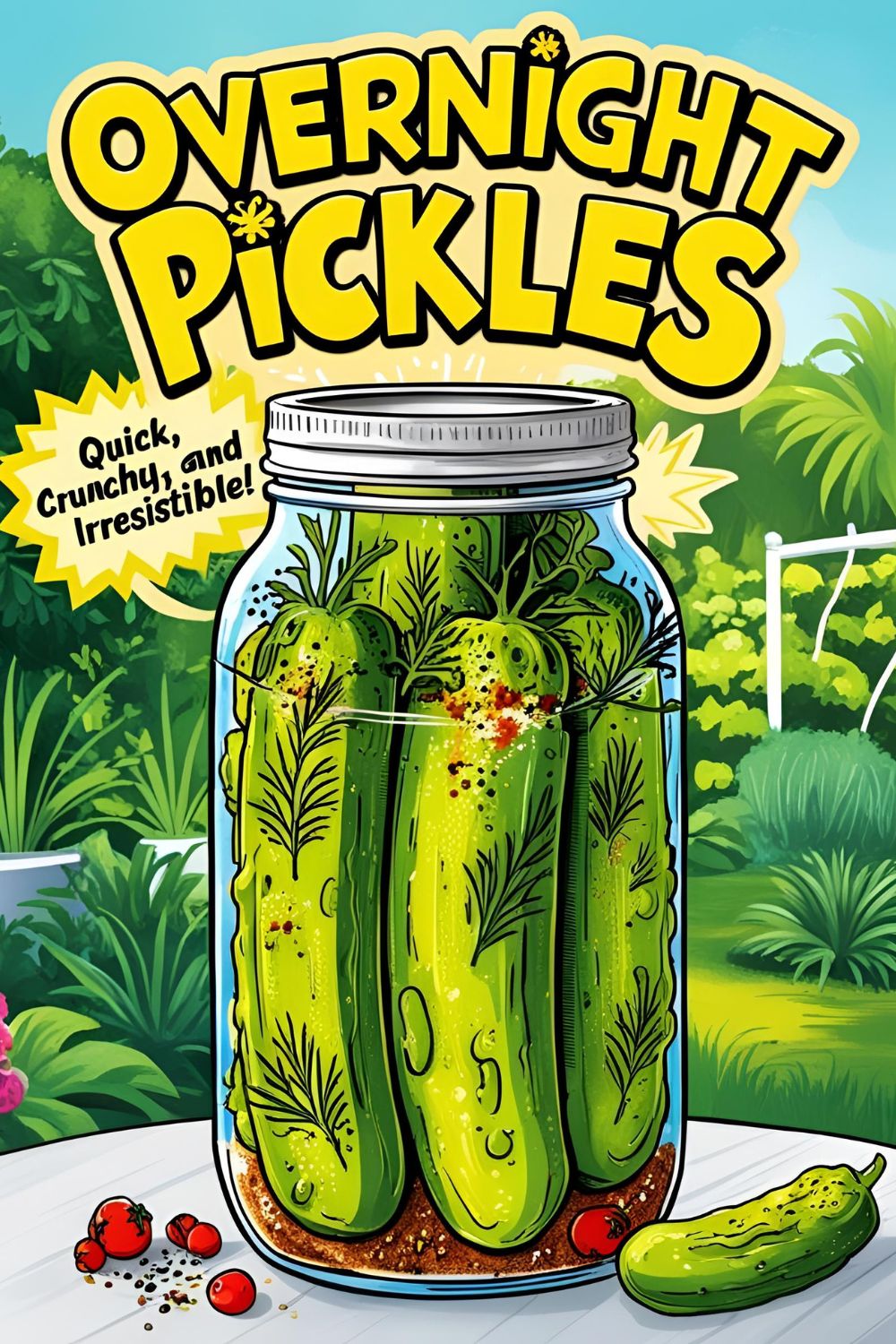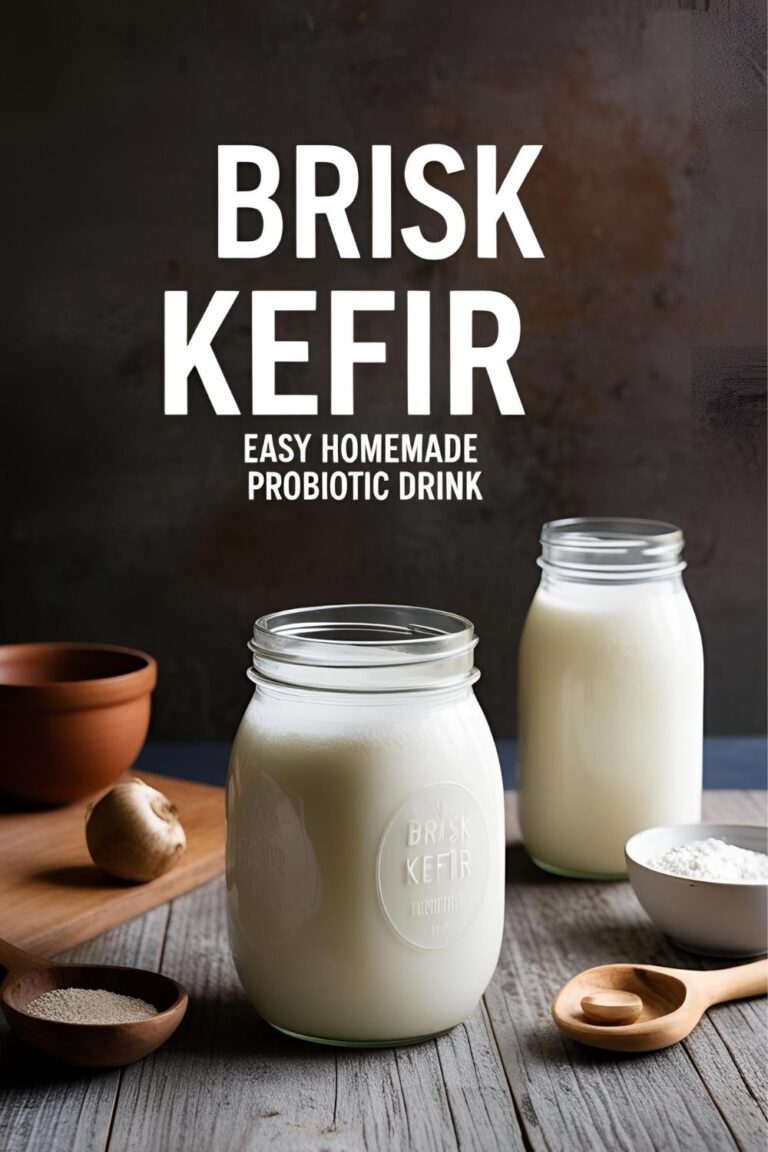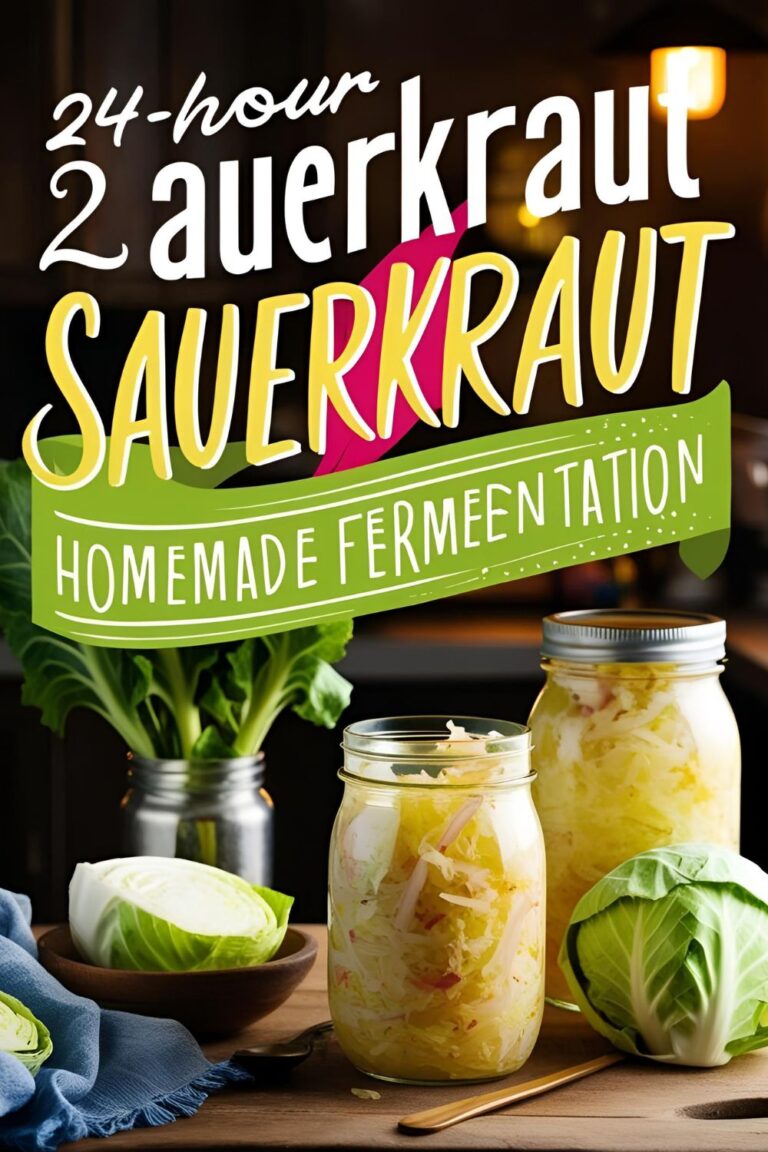How to Make Rapid Rice Wine at Home (Yes, Really)
A Quick, Catchy Intro with a Viral Hook
Ever found yourself staring at a bag of rice, wondering if it could be more than just dinner? Well, buckle up, because we’re about to transform that humble grain into something a bit more… spirited. Introducing the rapid rice wine recipe—a delightful concoction that’s as fun to make as it is to sip.
Why This Recipe Is Awesome
Why should you care about making rapid rice wine? Because it’s a game-changer. It’s simple, requires minimal ingredients, and the end product is a sweet, slightly tangy beverage that’s perfect for impressing guests or just treating yourself. Plus, it’s a fantastic way to dip your toes into the world of home fermentation without diving into the deep end.
Ingredients
- 2 cups glutinous rice (sticky rice)
- 1/2 tsp rice wine yeast (available at Asian grocery stores)
- 1/4 cup sugar (optional, for a sweeter wine)
- 2 cups water
Substitutions:
- If you can’t find glutinous rice, regular white rice can work, but the texture and flavor will differ.
- Rice wine yeast is crucial; don’t substitute with bread yeast.
Tools & Kitchen Gadgets Used
- Rice cooker or pot – for cooking the rice.
- Mixing bowl – to combine ingredients.
- Fermentation jar – a glass jar with a tight lid.
- Cheesecloth or fine strainer – for filtering the wine.
- Measuring cups and spoons – accuracy matters!
Step-by-Step Instructions
- Cook the Rice: Rinse the glutinous rice until the water runs clear. Cook it using a rice cooker or pot. Let it cool to room temperature.
- Prepare the Yeast: If your yeast comes in a ball, crush it into a powder.
- Mix Ingredients: In a mixing bowl, combine the cooled rice, rice wine yeast, and sugar (if using). Mix thoroughly.
- Transfer to Jar: Place the mixture into your fermentation jar. Press it down gently to remove air pockets.
- Fermentation Time: Seal the jar and store it in a warm, dark place. Let it ferment for 3-5 days. You’ll notice a sweet aroma and some liquid forming.
- Strain and Bottle: After fermentation, strain the liquid using cheesecloth or a fine strainer. Transfer the wine to a clean bottle and refrigerate.
Calories & Nutritional Info
- Calories: Approximately 120 per 4 oz serving.
- Alcohol Content: Around 5-7% ABV.
- Sugar: Varies based on added sugar and fermentation time.
Note: Homemade rice wine is unpasteurized; consume within a week and keep refrigerated.
Common Mistakes to Avoid
- Using hot rice: It can kill the yeast. Always cool to room temperature.
- Skipping the yeast: Bread yeast won’t work; use rice wine yeast.
- Over-fermenting: Leaving it too long can result in sour wine.
- Not sealing properly: Air exposure can spoil the batch.
Variations & Customizations
- Fruit-Infused: Add slices of fruit like pineapple or mango during fermentation for a tropical twist.
- Spiced: Introduce spices like cinnamon or star anise for a warm flavor profile.
- Dry Version: Skip the added sugar for a less sweet, more traditional taste.
FAQ Section
Q: Can I use regular rice instead of glutinous rice?
A: Yes, but the texture and sweetness will differ. Glutinous rice is preferred for authenticity.
Q: How long does homemade rice wine last?
A: Up to a week in the refrigerator. Always check for signs of spoilage before consuming.
Q: Can I increase the alcohol content?
A: Extending fermentation time can slightly increase alcohol content, but be cautious to avoid spoilage.
Q: Is it safe to drink unpasteurized rice wine?
A: Generally, yes, if proper hygiene is maintained during preparation. Always store it refrigerated and consume within a week.
Q: Can I reuse the rice solids after straining?
A: They can be used in cooking, like adding to soups or stews for flavor.
Q: Why is my rice wine cloudy?
A: Homemade rice wine is typically cloudy due to rice particles. It’s normal and safe to consume.
Q: Can I make a larger batch?
A: Absolutely! Just maintain the ingredient ratios and ensure proper fermentation conditions.
Final Thoughts
There you have it—a simple, fun, and rewarding way to make rapid rice wine at home. It’s a delightful project that offers a tasty payoff. Once you’ve tried it, you might find yourself skipping the store-bought options altogether. Cheers to your brewing adventures!










